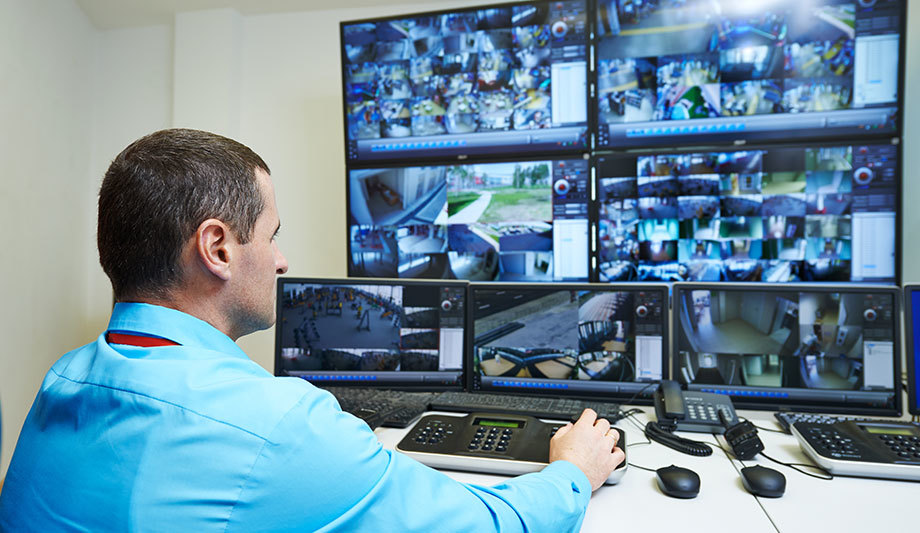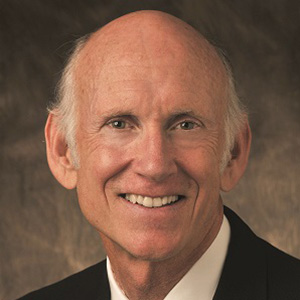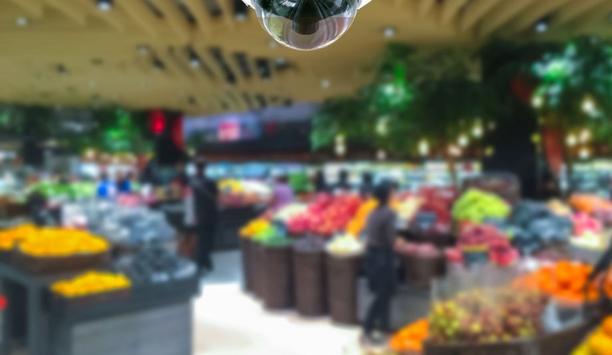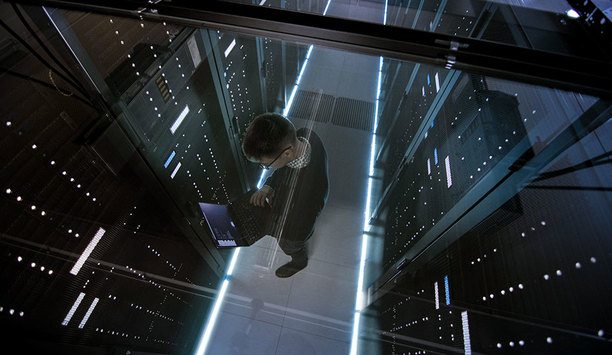Which non-security uses of video are catching on?
Editor Introduction
For many years, generally speaking, the use of video surveillance has been seen as an extension of an end user customer’s security system. However, recently, we have also heard about how video can help customers more generally, providing benefits that extend beyond security and encompass better operations and management. Easier economic justification is one important aspect of looking more broadly at the benefits of video surveillance to the enterprise as a whole. Better return on investment (ROI) means more sales. We asked our Expert Panellists to share their observations about which non-security uses of video are catching on. Their responses suggest an extremely broad range of possibilities.
Food manufacturers help to ensure regulatory compliance using video, and we expect to see even more such use as implementation of the U.S. Food Safety Modernization Act (FSMA) draws near. The U.S. Food and Drug Administration (FDA) recently agreed to issue court-ordered deadlines for final regulation around all seven rules of the act. While video can help with quality control across the supply chain, it will be especially useful in ensuring compliance with the international adulteration rule, the rule with the last court-ordered deadline on May 31, 2016. For example, one of the areas most vulnerable to adulteration, liquid storage and handling, is typically located in remote, isolated areas. By using remote video monitoring, food manufacturers can observe activity in that area from any location, using an Internet-connected device to access and review video feeds for issue and culprit identification and resolution.
Uses for video outside the security marketplace are helping to disperse or offset the cost of video surveillance. Within the retail sphere, video is being used for loss prevention, collecting data on customers (number of people entering the store, where they go, how much time they spend in different areas, etc.), to improve customer service by monitoring when lines become too long, observing customer behaviour and ensuring compliance with the company's operations. Other uses include: construction monitoring to assess the status of a project or prevent theft of construction materials; road traffic monitoring and enforcement; assisted living facility monitoring to prevent abuse; and drone video usage for commercial and recreational uses. Live cams can monitor beaches, mountains, traffic conditions, etc.; cameras can also watch for extreme weather. Resorts and rental properties can use camera feeds to market their property; zoo cameras allow viewers at home to watch animals remotely.
Video is increasingly used in mass transit systems not only for security, but also for business intelligence and operational efficiency. Surveillance video analytics measure traffic flow so that additional trains may be added or redirected. In Japan, video is being used to detect when a rider is, for example, going the wrong way through a turnstile or interrupting the flow of traffic at certain times of the day. When this occurs, the video system’s analytics can alert an operator to dispatch security staff. Video and video analytics are being used for large public events as well in order to anticipate staffing and other needs based on people tracking. At sports events or other public gatherings, cameras can see where and how people are gathering and an automated alert process tells operators that additional doors will need to be opened in an arena or that staff should be increased.
We often see operations and marketing people use video systems we install, particularly in the retail market. Operations staff uses video for a variety of purposes: checking that stores open and close on time; verifying store layout changes are completed safely, correctly and on time; auditing when and where vendors are stocking shelves; and verifying employees are dressed in the proper uniform and/or safety gear. We have some customers using audio and video to audit the customer experience at registers. I even have one VP of operations who used his system to determine what kinds of freezers were installed at all of his stores —he had planned to reach out to 6,000 store managers to get that information. Marketing staff use video to verify analytics data, traffic patterns, product and display interaction, optimum product placement and promotional campaigns, customer behaviours and trends, and to understand why queue times are excessive.
There are many non-security uses of video, including traffic control, manufacturing, product marketing positioning, patient monitoring for health care, life safety/fire control and prevention, marine surveillance, wildlife monitoring, environmental monitoring, process control, remote construction monitoring - the list goes on and on. Video surveillance specific to security is but one of many applications. Smart security integrators will reach out to other verticals and markets, many of which offer higher margins and less competition compared to the traditional security market.
Retail is a market where we’re seeing a lot of interest in new advanced analytics capabilities that are available in the latest high-megapixel cameras. These businesses see a lot of value in advanced security surveillance technology that can provide additional business intelligence information beyond traditional loss prevention use cases. For example, advanced analytics capabilities such as heat mapping and people counting can quantify movement of people in a scene, providing retailers with useful information on floor behaviour. This information can help them improve customer service, develop targeted marketing strategies and potentially create a more personalised shopping experience — all while maintaining the safety and security of their employees and merchandise.
Video is being used in a variety of new ways – here are some examples. In glass and steel manufacturing, the 130dB wide dynamic range capability on certain cameras enables workers to see details that were previously unattainable to the human eye, aiding quality control and efficiency. High performance IP cameras also monitor the contact of electrical pantographs [on trains] at high speeds to prevent failures, maintain efficient operation, and ultimately improve railway safety. Video can also read labels in high resolution to allow logistics coordinators to track progress efficiently, minimising loss and theft.
Editor Summary
A key to faster growth in the video surveillance market may lie in our abilities as an industry to think outside the box. The benefit of video surveillance as a security tool to contribute to overall protection of people, facilities and assets is well established. Considering other ways that video can serve end user customers – and in the process open the door to faster ROI – is an important step toward enabling those customers to realise the full value of their investment in video surveillance systems. We should at least be listening to their broader needs and thinking about how video can play a part. Our Expert Panelists have given us plenty of ideas to get us started.
Expert commentary
Using artificial intelligence (AI) to automate physical security systems
DownloadA modern guide to data loss prevention
Download7 proven solutions for law enforcement key control and asset management
DownloadThe truth behind 9 mobile access myths
DownloadAccess control system planning phase 2
DownloadClimax Mobile Lite: Advanced Personal Emergency Response System (PERS)
Hikvision DeepinViewX AI Cameras for Perimeter Protection
Dahua 8MP AI WizSense TiOC Bullet Camera





















